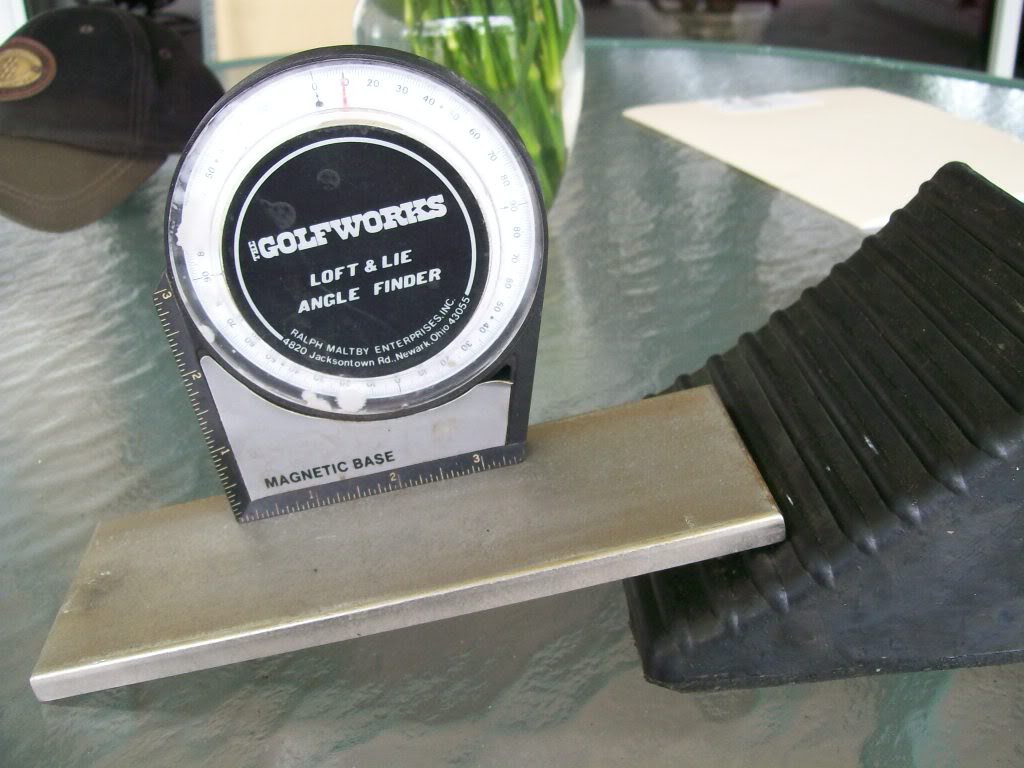blackbirdpies
Assistant Cook
well after reading a few threads in the knife forums, i've decided to buy a sharpening stone per the recommendations of some on the forum (King 1k/6k) to try and sharpen my knives.


they might not be the best but they are what i can afford (cheap and/or free). 2 are stainless steel (6.5 and 10" chef knives), one says "molybdenum vanadium high carbon stainless" (6.5"), and the 3rd (7") is most likely a carbon-steel (?) cleaver. the 6.5" knife has knicks from a bad experience with a crappy knife sharpener.
since i can't afford the expensive ones, i can at least practice my knife sharpening skills on these so by the time that i ever am able to afford my fancy knives, i'll be a knife sharpening pro. could anybody please recommend sharpening angles for the above knives and the best way to eyeball or gauge that? i am an absolute neophyte so i will freely admit that i know nothing. any information is welcome.
and if it means anything, my partner is a right-hander and i'm a converted left-hander (my right hand is slightly gimpy and have had to switch certain tasks over to my left hand) but since i do most of the cooking, i will tend to be the wielder of the blades.
thank you for any and all tips, suggestions and words of encouragement.
they might not be the best but they are what i can afford (cheap and/or free). 2 are stainless steel (6.5 and 10" chef knives), one says "molybdenum vanadium high carbon stainless" (6.5"), and the 3rd (7") is most likely a carbon-steel (?) cleaver. the 6.5" knife has knicks from a bad experience with a crappy knife sharpener.
since i can't afford the expensive ones, i can at least practice my knife sharpening skills on these so by the time that i ever am able to afford my fancy knives, i'll be a knife sharpening pro. could anybody please recommend sharpening angles for the above knives and the best way to eyeball or gauge that? i am an absolute neophyte so i will freely admit that i know nothing. any information is welcome.
and if it means anything, my partner is a right-hander and i'm a converted left-hander (my right hand is slightly gimpy and have had to switch certain tasks over to my left hand) but since i do most of the cooking, i will tend to be the wielder of the blades.
thank you for any and all tips, suggestions and words of encouragement.


 i'm extremely embarrassed and humbled to admit that i'm rather fuzzy on what a burr is. is that comparable to the wood shavings from planing? is there a point where you're taking off too much or is there a certain amount or feel/sound that i can only attain a zen idea of from grinding down a few crappy knives?
i'm extremely embarrassed and humbled to admit that i'm rather fuzzy on what a burr is. is that comparable to the wood shavings from planing? is there a point where you're taking off too much or is there a certain amount or feel/sound that i can only attain a zen idea of from grinding down a few crappy knives?

